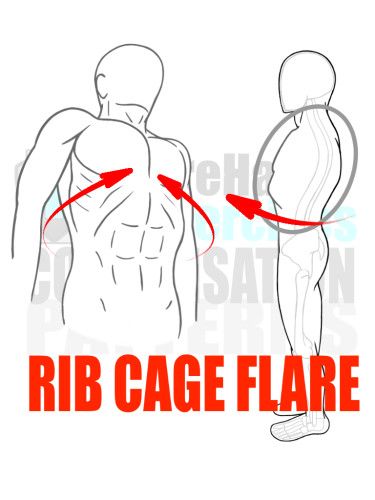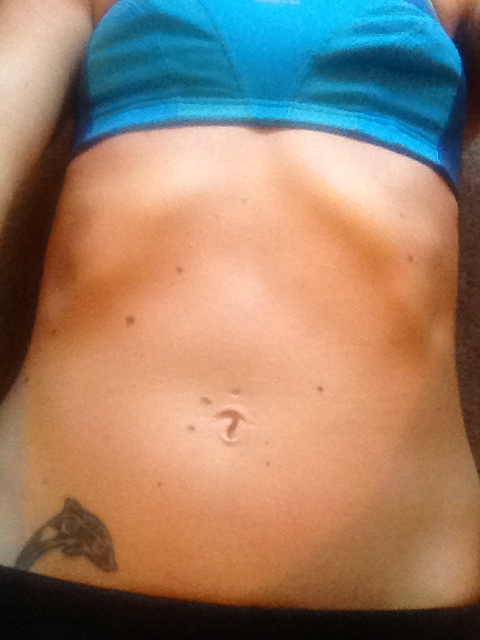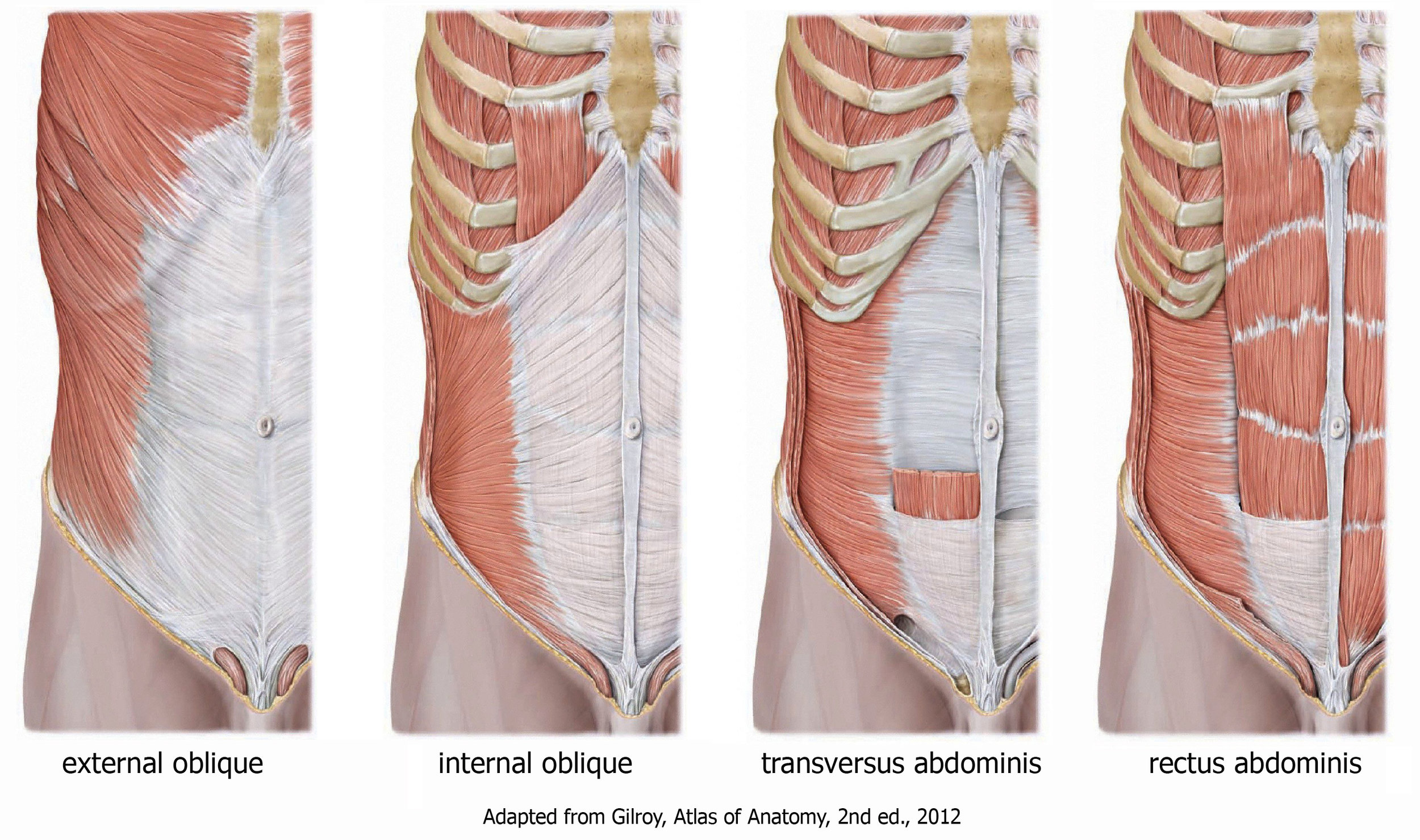An article entitled "Physical Therapy Burnout is Destroying Our Profession" on CovalentCareers.com is essentially a list of typical complaints physical therapists amass during their career. These issues are often significant enough to cause many to leave the profession earlier than they intended, or leave it entirely.
One significant cause of "physical therapy burnout" is reduced reimbursement rates from insurance companies. This leads to increased demands on the therapist's productivity to make ends meet. This can be done many different ways. Typically, clinics opt to see more patients per day. This requires visits to be shorter in duration or for one therapist to see more than one patient at a time. Either way, the patient is given less one-on-one time with their therapist. Some clinics urge their therapists to be cognizant of reimbursement rates and, if two treatments will be equally effective for that patient, pick the higher reimbursed option. For example, if manual therapy or ultrasound are deemed, by the therapist, to be equally effective at reducing their patient's painful muscle spasm, they're likely to chose manual therapy as it will be reimbursed at a higher rate by the insurance company. Some clinics may recommend their therapists "pad" their billing with treatments that are not harmful or contraindicated in anyway, but may not be totally necessary. An example of this would be ending a session regularly with electrical stimulation for patients experiencing pain. It is a billable service that will bring the clinic money, but doesn't require the therapist to spend more time with that patient. The therapist is now free to work with other patients and perform additional billable services.
To be clear, most physical therapists and therapy clinics are utilizing morally and legally correct billing practices. However, there is immense pressure on physical therapists to find creative ways to bring more money into the clinic without doing anything illegal or against their better judgement.
Additionally, a typical physical therapist went to school in order to help people lead less painful and more functional lives. The amount of paperwork required by insurance companies to receive any reimbursement money at all is getting out of hand and requiring physical therapists to put in many, many hours off the clock. Our mission was to help people, not to do endless amount of paperwork only to be denied payment.
This is why Integrate 360 Physical Therapy chooses to be an out-of-network provider. We do not depend on insurance companies to be able to pay our bills and we do not have to play their games.
1) We do not employ a full-time billing professional whose entire job is dedicated to submitting and resubmitting claims until they discover what billing code is effective, or go to continuing education courses to remain aware of the highest reimbursed codes.
2) We are able to work with our patients to determine what the goals of their physical therapy should be. Essentially, the patient is able to be an active participant in their own plan of care. We do not have to set our goals based upon what insurance companies deem is "success."
3) We can be flexible with the length of frequency of our visits. Many health plans cap therapy visits at 20 per year or at a dollar amount. Without these restrictions, our therapists are able to spend more quality, one-on-one time with our patients. We do not employ therapy aids or assistants.
Unfortunately, this is just not possible when relying on insurance companies reimbursement rates.
However, we are able to provide paperwork to our patients so that they can submit their claims. It usually requires a trip to their health insurance's website to see how to do this. Then, forms are uploaded and submitted. If the charges are accepted by the insurance company, they typically write a check directly to the patient for reimbursement. This amount will vary and will be dependent on the patient's out-of-network benefits. A simple call to their insurance company will give them this information.
For any other questions or concerns about this topic, please call us at 314-733-5000 or email Nancy@Integrate360PT.com















